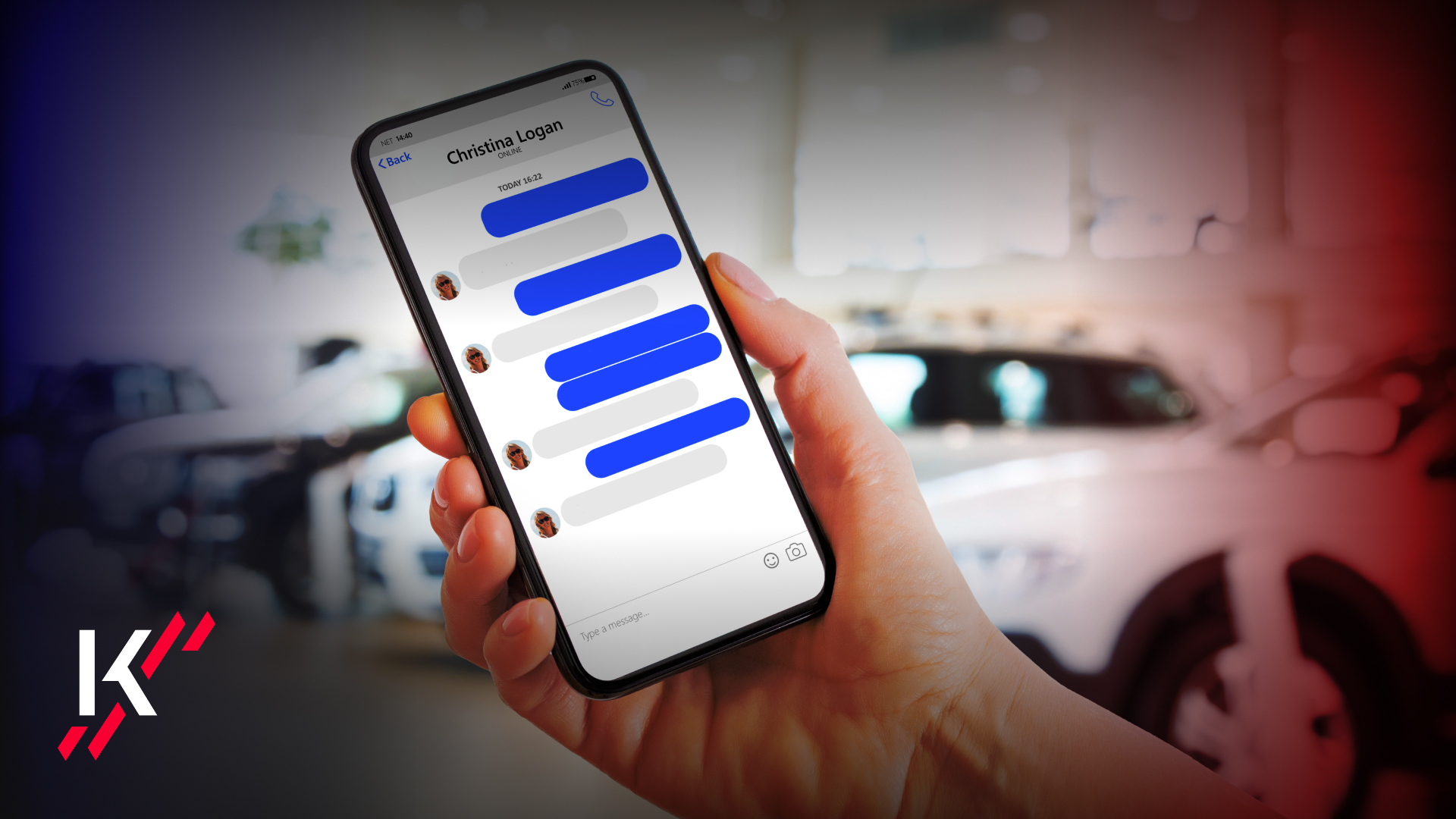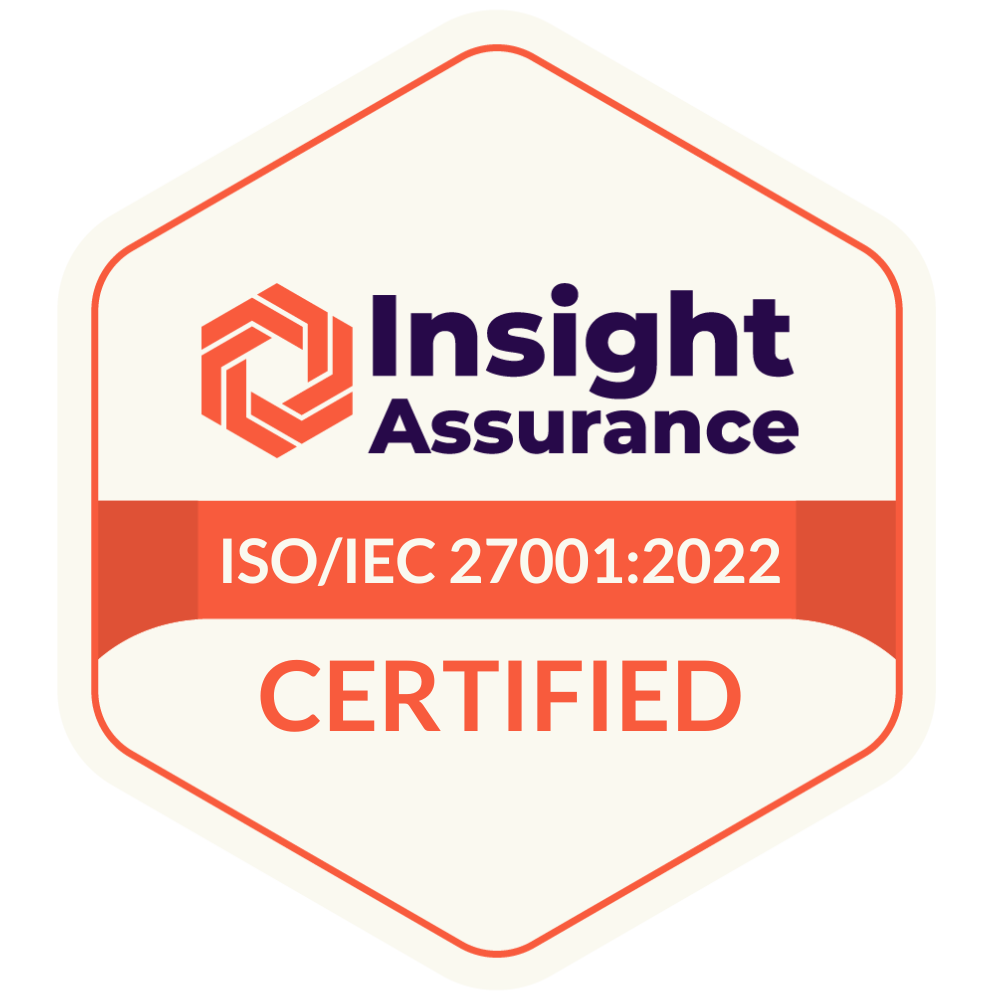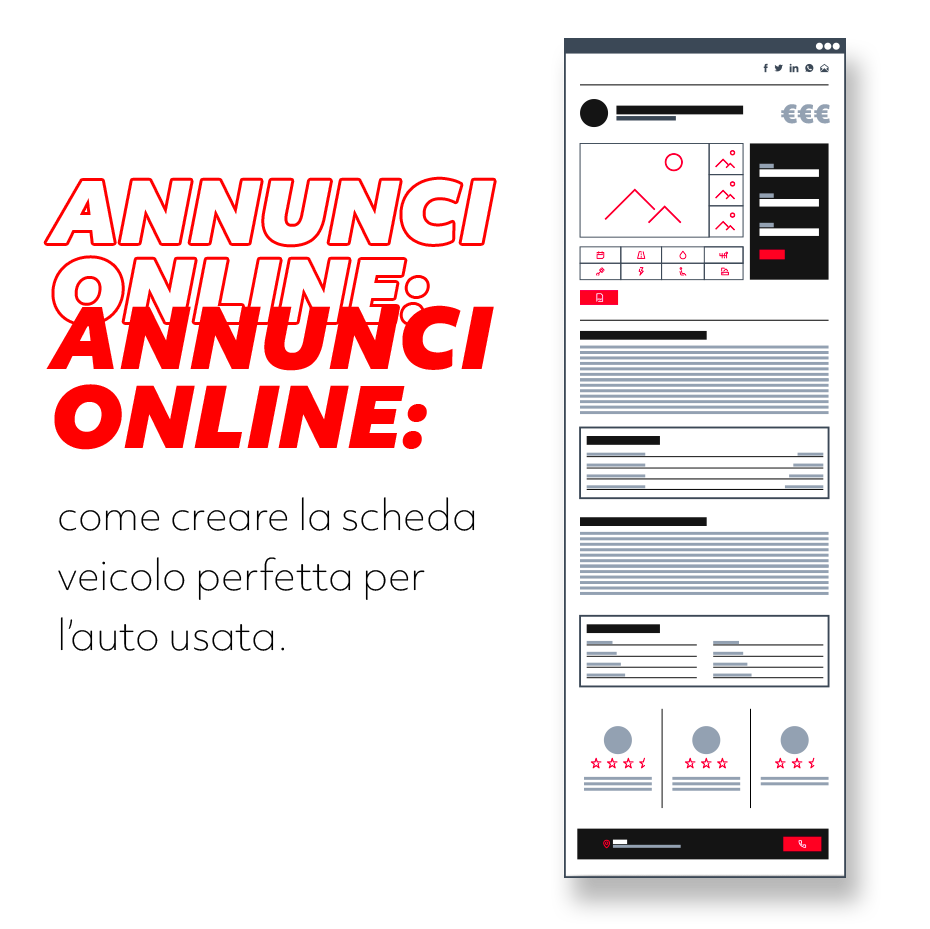The automotive sector is going through a changing phase that is questioning consumption, behaviour, and consumer trends. But that’s not all: digital transformation – the trigger of this revolution – is changing the way cars are designed, produced and, above all, sold.
Cars have changed, buyers have too, and therefore also the main players in the automotive industry, such as car manufacturers, dealers, and retailers, have to evolve accordingly. We have analysed new trends and rapid technological innovations to better understand new consumer needs and what the meeting point for digital marketing experts can be. Just think of the growing use of the web to see how the Internet has changed the world of marketing forever.
Digital Automotive, the new professions for dealers
First and foremost, at the core of digital transformation we can find the new consumption habits and changing needs of citizens and consumers for whom, even in the automotive sector, traditional professions no longer seem adequate. Dealers are summoned to exploit new technologies to attract new customers, and establish one-to-one relationships that combine both physical and digital channels. The challenge is to transform traditional dealers into Digital Dealers. With this scenario in mind, the Digital Development Center, which represents the meeting point between Digital Managers, the Marketing department, and social and content experts, plays a crucial role. The DDC takes care of the dealership’s digital presence: from campaign management to social media presence, or even search engine site optimization. In order to transform leads into appointments (virtual or showroom appointments) the DDC must work in synergy with the Business Development Center, the dealership’s internal contact center that communicates with the buyer during the entire customer journey experience.
Localization and online reputation to support dealerships
While until a few years ago potential car buyers only came into contact with local dealerships through physical showrooms, in this day and age the Web is a vital channel in the process of choosing and buying a car. Google studies show that there are increasing searches on the web for keywords with local intent such as “open“, “now“, “near“, or “today“: users are looking for services in their area. The term local refers to any request entered by the user who is looking to find a business in a specific geographical area (e.g. “car dealership nearby”). Dealers and workshops must quickly adapt to this new reality by optimising their online presence and intercepting local searches. In order to promote drive-to-store and reach as many potential customers as possible, dealerships must therefore develop a local marketing strategy supported by so-called reputation management, i.e. all the company’s reputation monitoring activities, from reviews to social media comments.
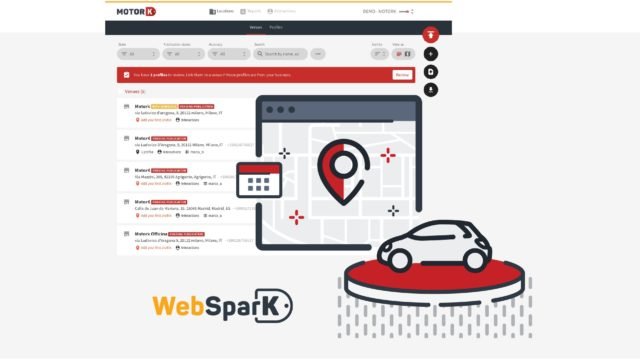
For quite some time Google My Business page has been an important element for dealers who want to strengthen their online presence, which will lead to a better positioning on Google Maps. In this regard, we share some relevant aspects to improve visibility on Maps:
- Relevance: comprehensive and detailed information about dealerships or workshops can make it easier for Google to better understand what the business is about and match it with relevant search results.
- Distance: google calculates distance even when the user does not specify any location. It is therefore necessary to index the maximum number of available locations in order to increase territorial coverage.
- Prominence: describes how popular or authoritative a business is; the more reviews (especially positive ones), the better the ranking on Google Maps will be.
- Review Management: if you interact with users, Google rewards you. Managing and responding to both negative and positive reviews within a reasonable time frame (24h-48h) can increase visibility.
- Categories: business categories help the company to be indexed for exploratory searches. It is important to include the ones that are most relevant and appropriate to your business.
Photos and videos attract the user's attention
The car selection and purchase process is increasingly influenced by quality images and videos. In fact, Google data reveal that 69% of people who have used YouTube to buy a car have been influenced by them, more than television and magazines. This is also confirmed by a more recent MotorK survey which shows that one in two Europeans (51%) is ready to buy a car online if the purchasing process is sufficiently supported by photos and videos to make up for the in-store visit. Google research also shows that 47% of respondents heard about a car for the first time by watching an online video, while 65% said they had narrowed their preferences. Studies show that those planning to buy a car are particularly interested in five types of videos: test drives, detailed overview, main equipment, reviews, and safety tests. Images and sounds prevail on text. For this reason, in the digital marketing strategy, the use of 360° photographs is becoming more and more compelling, which, through Augmented Reality, aims to replace (at least temporarily) the face-to-face experience in the dealership.
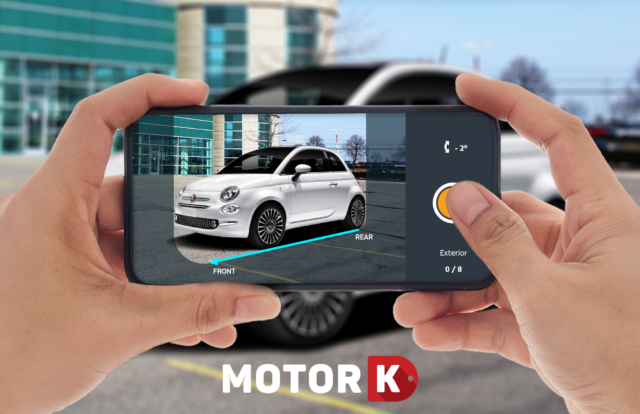
Optimise customers’ digital management
The customer experience is an integral part of a good marketing strategy and plays a key role in every sector, including the automotive industry.
The impact of COVID-19 and following lockdowns which, as Google confirms, have increasingly moved every level of a car’s purchase path online, show that proper customer management in digital touchpoints and the provision of quality customer experience are even more essential to avoid losing valuable sales opportunities.
This is why customer relationship management (CRM) tools become indispensable, enabling the orderly and organised collection of all potential and current customers’ information to be used at the right time and communicate with them effectively.
CRMs allow you to establish a profitable relationship with potential customers by optimizing their management from simple leads from different digital and traditional sources (websites, ad portals, parent company websites, but also telephone or email) to the actual sale. It also allows to respond to its users in a timely and appropriate manner, thanks to the rules configuration to manage response times, qualification, and reassignment of leads, and to implement reactive lead nurturing strategies. In a nutshell, they help build an excellent customer experience throughout the entire purchasing process, facilitating in-store sales and customer loyalty even during after-sales.
This also includes strategies that are to be the future of customer communication: Marketing Automation and customisation have enormous potential in optimising the relationship with customers and involving them, but they are not very efficient if they are not supported by a timely collection of exhaustive and relevant information.
The importance of excellent customer experience management is made clear when considering that, as a Capgemini study found, as much as 42% of customers who are not quickly approached by the dealer decide to go elsewhere, and that proactive dealer contact is appreciated by customers when the message is tailored and delivered at the right time.
Nowadays, in an even more digitised world than we left it at the beginning of the year, users expect to receive prompt answers, to be provided with relevant and personalised communication, and not to have to repeat information previously made available; the dealer acknowledging these needs will have a competitive advantage over prices and offers.



